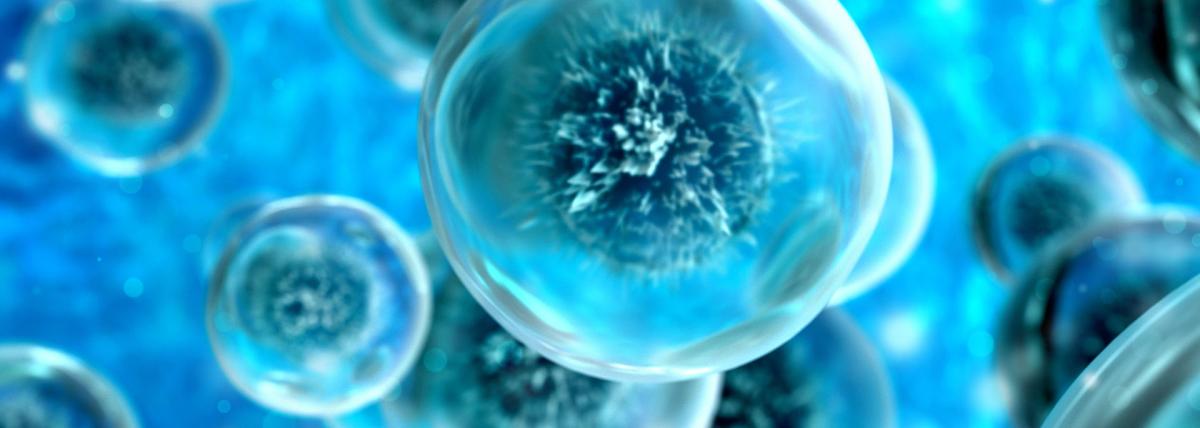
Is CO2 to Blame?
This lesson includes 1 or 2- 50 minute period(s) worth of Greenhouse gas exploration. Students are creating and refining a drawn model of greenhouse gasses in our atmosphere, reading and discussing information on NASA technology for carbon dioxide detection, conducting a lab to show the ability of carbon dioxide to retain heat, and using Phet simulations to explore specific molecules in the atmosphere.
Lesson Plan Link/URL
https://docs.google.com/presentation/d/1FxEETRzxi1ABtoc9L49J_XqxCnrgxOiL/edit?u…Subject Area
Science Earth and Space Science E1: Earth Systems Engineering Mathematics Measurement and Data (MD)Related Content

Teachers will be introduced to the VEX V5 Robotic Platform. We will start with an Introduction to robotics and how robotics is used in industry. Students will understand the key resources they will be

Students will build and use an anemometer to calculate wind speed and then use the wind speed to determine the affect wind has on temperature and the temperature that you feel (wind chill). Students

A lesson on what diabetes is, what is the difference between Type 1 and Type 2 diabetes, creating a food diary, how the sugar gets into cells, how to count carbs, and how people with Type 1 diabetes